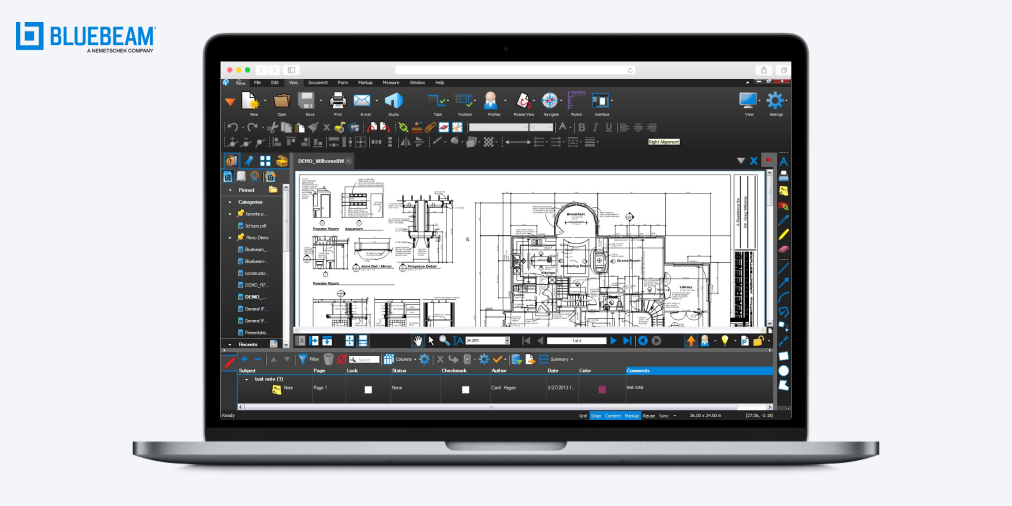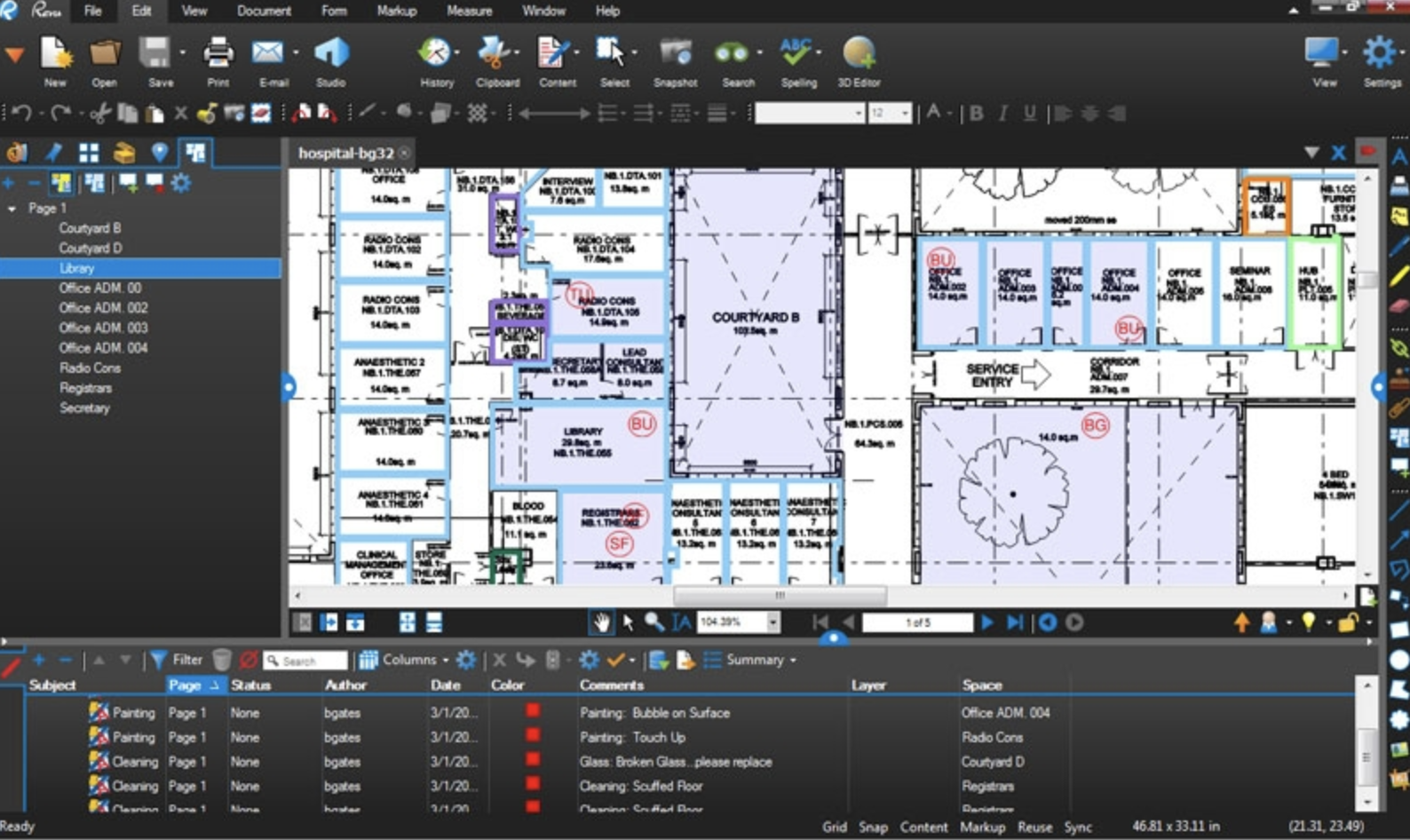

For the optimization of the DPF device as the UV pumping light source, the velocity of current sheath and the formation of plasma focus have been measured as function of argon or argon-deuterium fill gas pressure. On the other hand the dense-plasma focus (DPF) with new optical coupling has been designed and constructed. This enhancement will definitely be helpful in achieving the direct high power blue-green laser (> 1 MW) with the existing blue green dye laser. The factor of enhancement in the blue-green laser output energy of both Coumarin 503 and LD490 is almost 73%. During the current project period, the successful enhancement of blue-green laser output of both Coumarin 503 and LD490 dye through the spectral conversion of the HCP pumping light has been achieved with a converter dye BBQ. The source in use, hypocycloidal pinch plasma (HCP), and a newly designed dense-plasma focus (DPF) can produce intense UV photons (200 to 300 nm) which match the absorption spectra of both near UV and blue green dye lasers (300 to 400 nm).

Intense excitation source of blue-green laserĪn intense and efficient excitation source for blue-green lasers useful for the space-based satellite laser applications, underwater strategic communication, and measurement of ocean bottom profile is being developed. Ultralow-threshold laser and blue shift cooperative luminescence in a Ybdoped microcavity made from with low phonon energy host materials.« less New emerging diagnostic and therapeutic applications will improve the quality and reduce the cost of health care.
#Crossover for mac on bluebeam renu full#
The full potential of LED light sources will require three devices to enable complete control over color and intensity.Sensing and medical/bio applications have a major impact on home security, on monitoring the environment, and on health care.

Blue LEDs produce white light either with phosphor wavelength converters or in combination with red and green LEDs. They are also making inroads into signage and LCD back-lighting, mobile platforms, and decorative accent lighting in curtains, furniture, etc. Other applications include printing, optical scanners, and high-resolution photo-lithography.As light emitters, blue LEDs are used for signaling and in direct view large area emissive displays. The resolution of the spot size and hence the storage density is diffraction limited and is inversely proportional to the square of the wavelength of the laser. Blue lasers are used in digital applications such as optical storage in high density DVDs. The family of blue LEDs, edge emitting and surface emitting lasers, enable a number of applications. The exciting laser may be tunable dye lasers or may be solid-state semiconductor laser, e.g., GaAlAs and InGaAlP.īlue laser diode (LD) and light emitting diode (LED) applications The Tm.sup.+ is excited through upconversion by a red pumping laser and an IR pumping laser to a state which transitions to a relatively lower energy level through emissions in the blue-green band, e.g., 450.20 nm at 75 K. 3 figs.Ī blue-green laser (450-550 nm) uses a host crystal doped with Tm.sup.3+. The exciting laser may be tunable dye lasers or may be solid-state semiconductor laser, e.g., GaAlAs and InGaAlP. The Tm is excited through upconversion by a red pumping laser and an IR pumping laser to a state which transitions to a relatively lower energy level through emissions in the blue-green band, e.g., 450.20 nm at 75 K. A blue-green laser (450-550 nm) uses a host crystal doped with Tm.


 0 kommentar(er)
0 kommentar(er)
